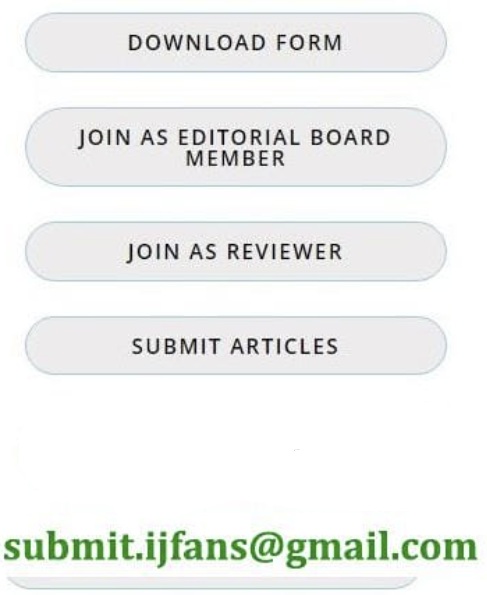
-
Comparative Studies of Acoustic Parameter of Jatropha Curcas leaves extract in non-polar solvent at different Concentration
Volume 14 | Issue 5
-
A Study of Extraction and Analysis of Dye Yielding Plants
Volume 14 | Issue 5
-
Development and quality evaluation of “Ardrak Laddu” (Sweet Ginger Balls): A Potent Immune Enhancer
Volume 14 | Issue 5
-
Conservation and Adaptive Reuse of Maratha-Era Wadas in Maharashtra: Architectural, Cultural, and Socio-Historical Perspectives
Volume 14 | Issue 5
-
Process Optimization of Low-Calorie and Cinnamon (Cinnamomum verum) Enriched Herbal Shrikhand
Volume 14 | Issue 5
Process parameters for robot spray painting are specified
Main Article Content
Abstract
The process of robot spray painting holds significant potential for enhancing various aspects of production, including quality, productivity, and environmental cleanliness. This method is particularly prevalent in industries like automotive manufacturing and the production of household appliances. The objective is to identify the optimal parameters for the spray painting process, thereby enhancing the quality of paint coating. The process optimization revolves around performance indicators such as variation in paint thickness, surface roughness, and the adhesive strength of the paint film. In comparison to established techniques such as the Taguchi orthogonal array and gray rational analysis, a modified Taguchi approach is chosen in this scenario. This approach is more straightforward and offers improved insights into determining the ideal spray painting process parameters. These parameters might include variables like spraying distance, pressure, and speed. The overarching goal is to achieve minimal thickness variation, reduced surface roughness, and maximal adhesion of the paint film.

